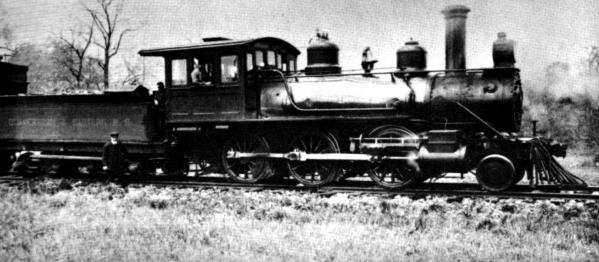The “Quick & Easy” fulfilled a 60-year-old quest in Upper Bucks County but then . . .
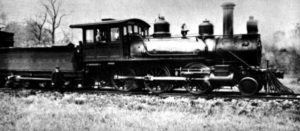
The arrival of the “Quick & Easy” was cause for celebration in Richlandtown. Years of lugging goods to and from Quakertown markets over rough and often muddy or snow-clogged dirt roads in Upper Bucks had come to an end in the blast of steam rising from the Quakertown & Eastern Railroad’s gleaming new locomotive built in Philadelphia.
Residents had been hankering for their own railroad since the first locomotive crossed the lower end of Bucks in 1836. In the following 60 years, five other railways had been constructed to serve all but Upper Bucks. Citizens of the county’s uppermost townships – Richland, Springfield and Durham – continued to agitate for a railway. Finally railroad contractor Col. John Jameson answered the call to head a consortium to make a railway happen.
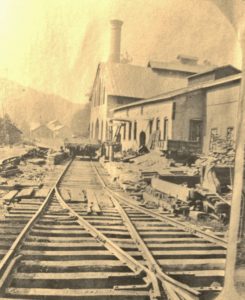
In August 1896, work got underway for the first 3-mile link from Quakertown to Richlandtown using 40 Italian laborers, horses, carts and tools to lay rails. Exactly a year later, the ceremonial first train packed with stockholders, invited guests and the Germania Band left Quakertown station for Richlandtown. There, the city turned out in force for a gala reception. A parade fronted by the band followed.
It took another year for Q&E laborers to lay another nine miles of tracks to Springtown by the summer of 1898. An elaborate banquet in the town’s Funks Grove heralded the beginning of five daily round-trips on passenger trains plus daily freight service. The Springtown Weekly Times crowed, “For the first time, the hills and valleys of Upper Bucks County echo and re-echo the sound of a regular passenger locomotive.”
The golden goose for the Q&E was reaching the sprawling Durham Furnace and Iron Works. Following the course of Cooks Creek (one of the county’s most precious and scenic watersheds), the first train arrived in Durham Village on Aug. 11, 1899. Two weeks later, the line reached the Durham blast furnace. Within hours, the first shipment of steel made from iron ore mined in 10 miles of tunnels beneath Durham headed to Quakertown. Now for the first time, flour from Durham’s large grist mill and steel from the blast furnace provided a steady stream of income to the railroad.
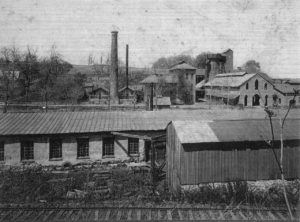
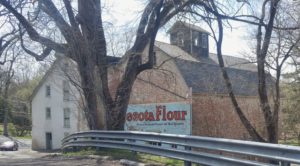
Two years later, Col. Jameson used a sledgehammer to drive a ceremonial silver spike at Riegelsville to complete the 15-mile railway. By then Q&E stations had sprouted like mushrooms in Richlandtown, Pullen, Pleasant Valley, Slifer, Gehman, Schlieffer, Mease, Springtown, Witte, Old Durham Village, Hewitt and Riegelsville.
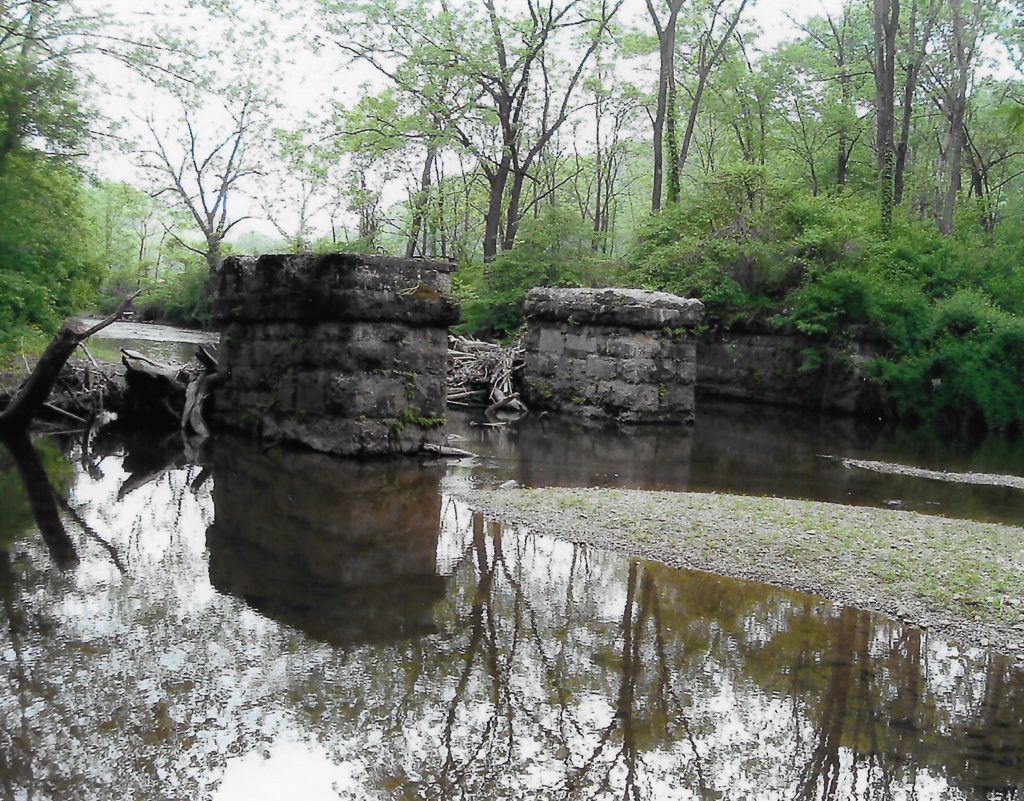
The Q&E hoped eventually to reach Easton to connect with the Lehigh & Hudson River Railroad. Just when the pocket railroad’s dream was within grasp, the bottom fell out. A temporary shutdown of the Durham Iron Works due to competition from U.S. Steel and Durham’s permanent closure two years later after 181 years of operation was a death blow. The revenue loss was too much for the railroad to endure.
With the line abandoned, enterprising physician John J. Ott in 1908 constructed a four-wheel, gas-powered vehicle to haul produce by rail. It lasted only two years. In 1911, the line was reborn as the Quakertown and Delaware River Railroad but that too succumbed after five years, a victim of the automobile age. In 1917 new owners bought the Q&E at a sheriff’s sale. They restored it’s original name – Quakertown & Eastern Railroad – and refurbished the track. A new quarry had opened in Riegelsville. The railroad was in perfect position to serve it. Yet even that effort failed. In 1936, the Q&E ended operations and removed its rails, ties and trestles.
There was one last gasp however.
In 1966, Francis H. S. Ede, Jr., a Quakertown car dealer, and Paul Hersh of Hellertown announced plans to relay tracks over a portion of the original Q&E for a tourist attraction. The two had acquired an antique locomotive, a baggage car and six steel suburban coaches. However both men were unable to drum up enough support to proceed.
It’s too bad the rail corridor didn’t survive. It would have become an exceptional rails-to-trail path through the incredibly beautiful Spring Valley, it’s 19th Century villages and the woodlands, gorges and hollows of Cooks Creek. As a long distance bike rider, an outing on the Q&E trail would have been tops on my list. Today you can taste what a joy that might have been by driving south on Route 212 from the Delaware River to Route 412 and following that to Richland. This time of year, the autumnal color splashing mountainsides, farm harvest fields and apple orchards loaded with fruit are a special sight.
Sources include the Durham Township Historical Society; the Railway Preservation News’ “Quakertown & Easter” published on Oct. 12, 2003; “The Historian, Vol. 1 No. 8″ published by the Bucks County Historical Society in 1961; “A Line to be Remembered” by Roswell S. Eddy from Bucks County Life, 1961; and Bob Kibbel, an historic building consultant, who blogs about items of historical interest in Upper Bucks County at http://upperbucks.blogspot.com/

